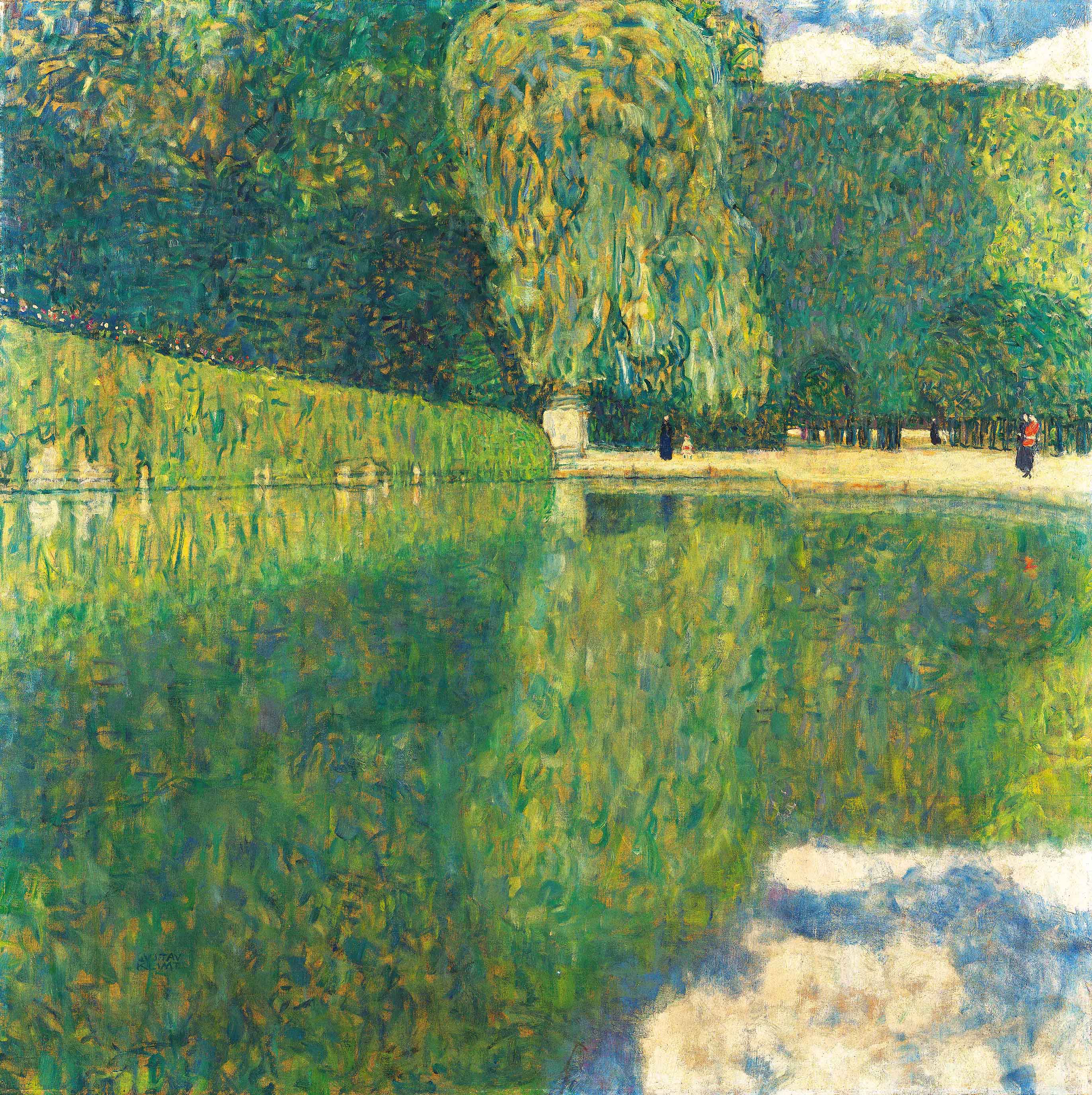EGON SCHIELE FROM THE COLLECTION OF THE LEOPOLD MUSEUM – YOUNG GENIUS IN VIENNA 1900
HAPPENINGText: Alma Reyes
There is a throng of short-lived artists who have left us legacies of astounding artworks – from the classic Raphael, Early Modern Vincent van Gogh and Amedeo Modigliani, to the 20th century Keith Haring, among many others. Included in this list is the formidable Austrian painter Egon Schiele, who passed away at an early age of 28. Like many artists of his generation, shattered by economic, political and religious aggressions of the Progressive Era, and above all by the catastrophe of World War I and the Spanish flu, Schiele was known to have been heavily afflicted by solitude and anguish, sometimes dragged to violence and rebellion. Yet, such gripping intensity sown in his provocative paintings of vivid colors, rapid strokes, and deep facial expressions, serves as the ultimate, magnetic force for which his works have been admired for decades.

Anton Josef Trčka, Egon Schiele, 1914, Private Collection, Leopold Museum, Vienna
Tokyo Metropolitan Art Museum is presenting “Egon Schiele from the Collection of the Leopold Museum – Young Genius in Vienna 1900” until April 9th this year. After a pause of thirty years, the large-scale exhibition displays fifty oil paintings and drawings from the world’s largest Egon Schiele Collection of the Leopold Museum in Vienna. The Vienna museum houses more than 8,300 works of major Austrian art from the late 19th to 20th century, boasting masterpieces by Gustav Klimt, Oskar Kokoschka and Richard Gerstl, some of which are also on view in the exhibition.

Gustav Klimt, Schönbrunn Landscape, 1916, Leopold Museum, Vienna
The first section of the exhibit traces Schiele’s early life in his hometown, Tulln in southern Austria and Vienna. As a young boy, he was perceived as a bit strange, shy and reserved. His father, a train station master, was often frustrated about his son’s poor academic record, but recognized his growing talent in drawing. Hence, at sixteen years old, Schiele applied at the Vienna School of Arts and Crafts, the famous art institution that produced many prominent graduates, such as Klimt. In fact, Klimt was highly intrigued by Schiele’s works that he purchased his drawings, supervised models for him, and introduced him to conceivable patrons, including the established Wiener Werkstätte (Vienna Workshop). Unsurprisingly, Schiele became strongly influenced by Klimt and Kokoschka. While his early works imitated their styles, Schiele gradually found his personal approach – expressive warped lines, explosive forms, startling colors, and a particular anchor towards honesty of the human form and human sexuality.
Read more ...




